Weekly Rollup #49
Movement Testnet, IBC, & more | Berachain Launches Artio Testnet | SatoshiVM: A New Bitcoin L2 | Gelato’s Apechain Proposal | Challenges with appchain tooling
👋 Welcome to Modular Media! We cover news, updates, educational content, and more within the modular blockchain ecosystem.
Subscribe to get posts sent directly to your email every week, and follow us on Twitter for modular-related updates!
This week’s issue covers:
Movement Testnet, IBC, & more
Berachain Launches Artio Testnet
SatoshiVM: A New Bitcoin L2
Gelato’s Apechain Proposal
More News & Announcements
Challenges with appchain tooling
More Education & Discourse
📣 News & Announcements
Movement Testnet, IBC, & more
Movement Labs just unveiled their Parthenon Roadmap, a 6-phase process that goes from the initial validator onboarding, to the testnet launch of the M2 network, an Ethereum L2 based on the MoveVM. This unveiling came just days after the team unveiled its IBC integration, connecting the ecosystem to the Cosmos, and enabling native USDC to start flowing to its ecosystem.
Parthenon Roadmap
As a reminder, Movement Labs is building an ecosystem of Move-based chains, and so far they’ve unveiled two of their own, that’ll live along this ecosystem:
M1: “M1 is a permissionless Move-based blockchain, running as an Avalanche subnet”, and is set to be compatible with both Aptos & Sui, meaning apps currently deployed on these networks will be able to easily launch on M1.
M2: an Ethereum L2 composed of the following components:
Execution: MoveVM
Data Publication: Celestia
Sequencing: M1 (mentioned above)
Settlement: Ethereum
We spoke a bit more about the MoveVM in a previous newsletter, here.
Yesterday, Movement Labs unveiled its 6-phase roadmap that’ll take us from initial validator onboarding, to the testnet launch of the M2 network. Here’s how it was broken down:
Phase 1: Validators start onboarding to the M1 network to support the initial wave of apps
Phase 2: Validator testing & growth - “decentralize to over 100 validators”
Phase 3: M1 testnet launch for “devs & degens” to start experimenting with EVM apps on M1
Phase 4: M1 transitions to the role of becoming a sequencer for Move-EVM L2s, which developers will be able to launch using the Move stack.
Phase 5: “World's First Universal Move Virtual Machine”, which will enable composability between three ecosystems: EVM, Sui, & Aptos.
Phase 6: the testnet launch of M2, the Ethereum L2 rollup
Movement is currently in phase 1 of its roadmap, so make sure to follow them on X to follow along their 6-phase journey.
Movement IBC Integration & Native USDC
This roadmap unveiling came just days after Movement Labs announced their integration of IBC, through a partnership with Union, a zk-IBC protocol. This means Cosmos chains will be able to access users & liquidity from the Move ecosystem, and vice versa. & of course, this also means Movement ecosystem will be able to communicate with Celestia’s own ecosystem of sovereign rollups.
On the same day, they announced a partnership with Noble, an asset issuance chain on Cosmos, which will enable the onboarding of native USDC to the Move ecosystem.
You can learn all about Movement’s partnership with Union & Noble, here.
Other announcements from the Movement team this past week include:
Movement Labs announces their partnership with onramp solution Kado, meaning teams building their own Move-based chain will be able to integrate Kado, enabling easy fiat onboarding (VISA< Apply Pay, etc.).
RazorDAO website is up (building a native wallet for Movement)
Leap wallet will be integrating Movement, “helping M2 and Cosmos users interact seamlessly”
Congrats to the entire Movement Labs team for all the recent milestones! 🫡
Berachain Launches Artio Testnet 🐻
Last week, Berachain officially launched its public testnet, Artio, in what quickly became one of the most successful web3 launches.
In fact, the team had to pause their faucet after experiencing ~1M transactions across 300k+ users within the first 48 hours:
What is Berachain?
Berachain is an EVM compatible L1 built with the Cosmos SDK. The chain features a novel mechanism called “Proof of Liquidity consensus”, which allows for re-utilizing staked assets to provide liquidity. We wrote a summary about PoL, here.
Another interesting aspect about Berachain is its tokenomics, which David Phelps spoke about here:
What can you do on Berachain today?
There are several things you can do on the chain today, including:
Bex: swap & add liquidity to pools
mint HONEY, the chain’s native stablecoin
BEND: lend your HONEY
BERPS: trade perps
Here’s a great thread by @OxTochi that walks you through how to get started with these natively built apps.
Congrats to the bears on the successful launch! 🥂
SatoshiVM: A New Bitcoin L2
ICYMI, a new Bitcoin rollup just launched on testnet last week, and users can already start bridging tBTC onto the testnet.
Here’s some quick takeaways about this new Bitcoin L2:
SatoshiVM leverages the EVM, meaning users can interact with the chain the same way they would any other EVM chain, and developers will be able to build on the L2 using Solidity & some of the tools they’re already familiar with.
According to the team, SatoshiVM publishes data on Bitcoin, “enabling anyone to verify the correctness of computations executed off the main Bitcoin network”, and users will be able to submit validity proofs to the L1, when challenging a certain block (zk fraud proofs).
“Once L2 blocks are submitted to L1 (as tx data), with sufficient proofs, no one can censor this tx data”.
“Initially, the SatoshiVM Foundation is the sole block producer on the SatoshiVM mainnet, but it will gradually transition to a decentralized sequencer.”
$BTC will be used for gas
SatoshiVM is currently live on testnet, and anyone is able to bridge tBTC to the network to start experimenting. Here’s a step-by-step guide for those who want to get started. Remember to stay safe, and do not bridge any real funds!
Gelato’s Apechain Proposal
The Apecoin community will be launching its own rollup soon (Apechain), and Gelato just submitted its proposal to have its RaaS solution be used to run this rollup for them.
Here’s a breakdown of what they intend to offer the community:
Check out the full proposal!
More News & Announcements
Optimism announced the results for the Retro PGF 3, which allocated 30M OP across 501 recipients. Growthpie released this dashboard where you can find how exactly these funds were distributed, along with some other data.
Webn & Laser Digital co-launched Libre, a Polygon CDK chain that will focus on institutional infrastructure. Regulated institutions will be able to issue & distribute onchain digital assets, opening up alternative investment opportunities to traditional institutions. Brevan Howard & Hamilton Lane will be the first issuers on Libre, and is expected to launch sometime in Q1.
Looks like two ecosystems will be converging this year, as a new modular will be integrated into the Cosmos SDK< which will enable Cosmos chains to leverage Ethereum’s economic security & liquidity, via EigenLayer.
Hypr Network announced that they will be building their own custom L2 (gaming, Gamblefi) network using Conduit’s RaaS. Hypr originally deployed its own L1, but wants to start spending their resources on game development, not on running chain infrastructure. Oh, and Celestia underneath.
Cartesi will be integrating Espresso’s shared sequencer into its network: After several deployments on Espresso’s testnet, it looks like the technical council voted to integrate with mainnet, enabling Cartessi rollups to benefit from Espresso’s shared sequencing & Data Publication solution.
New Arbitrum Orbit chain is open to the public, as Nitrogen just hit public testnet. Arbitrum Nitro fraud proofs, Ethereum settlement, & Celestia underneath. Check out the full thread for a tutorial on how to start interacting with the network.
Aevo going modular? This L2, which is focused on options & perps, is currently ranked 1st (compared to other similar apps) in terms of TVL (by more than 2x the 2nd place team), according to Defillama.
Ojo (oracle network) announces that they’ll be building a sovereign rollup on top of Celestia, using the Rollkit rollup framework, providing other L2s (connected to Celestia) with permissionless access to price feeds.
Ancient8 launches its v2 testnet, which is upgraded with Celestia underneath. We wrote a small deep dive about this gaming chain when they first announced their pivot to Celestia, back in September.
The Wormhole foundation received a 1.8M ARB grant from the Arbitrum DAO, Together with Circle’s CCTP, they aim to bridge 100M USDC to Arbitrum, using the ARB as an incentive for users to do so. The program will run for three months, with unclaimed rewards going to the DAO.
Base just shared its 2024 roadmap, which includes using smart wallets by default, simpler onboarding (on & offramps) solutions, Coinbase heading onchain, & more.
Nodekit will be using Benqi’s Ignite to help validate their L1 sequencer.
Lagrange Labs unveiled State Committees LSCs), in collab with EigenLayer. This is meant to reduce costs & enhance security for cross-chain connections by using EigenLayer to coordinate attestations and validate optimistic rollup block headers.
Sindri is now accepting builders for their closed beta, for anyone who is interested in building zk-apps “in minutes”.
Hytopia announces that they’ll be using Caldera to deploy their own L2 for their gaming ecosystem. “Games of sufficient size and throughput requirements on HYCHAIN, have the flexibility to seamlessly transition to a HYCHAIN L3”.
Allo (RWA lending & trading) will be leveraging AltLayer (RaaS0 to launch their own rollup. Expected to tokenize $2B in assets, for 20K+ investors.
Zeeve announces launch of Avalanche Subnet Management Dashboard, which will help with “management of subnet networks by automating and standardizing tasks that were traditionally manual”.
New Karnot website launch - a RaaS for Madara chains.
Avail publishes some stats from its ongoing incentivized testnet (Clash of Nodes), featuring 2.2M total tx’s, 75.5K accounts, & more. They also announced that mainnet is imminent.
Scroll Alpha Goerli testnet will be deprecated on the 25th of this month. Withdraw any testnet funds!
EigenLayer will be adding support for three new LSTs: sfrxETH (Frax), mETH (Mantle), & LsETH (Liquid Collective), and announces that restaking will resume on January 29th, until February 2nd (be quick, 200K cap).
Users can now start paying network fees on Demex (DEX) using TIA or milkTIA.
Blockless just released its litepaper: users will be able to contribute computational power to the dapps they use. Dapps you’ll be contributing to depend on the hardware device you own: lighter duties on laptops, tougher tasks on more sophisticated devices. Blockless testnet & first apps deployed on the network are expected to hit the market this quarter.
📚 Discourse & Education
Challenges with appchain tooling
Toghrul from Scroll points out challenges that app-chains and app-rollups face when bootstrapping their ecosystems. In the modular space we often discuss this problem, but specifically the subset of the problem related to bootstrapping validator sets. As we know, base layers + rollups solve this.
Instead, Toghrul is referring to a different subset of the problem - boostrapping infrastructure and tooling.
Why does the EVM have network effects? If you think liquidity, this is partially true, but somewhat conflates the EVM with Ethereum the network. The reason the EVM has network effects is because there’s a large number of tools that have been created for it and infrastructure that is compatible with it. If you fork the EVM you already know there are wallets and RPC providers you can plug into for minimal cost. There are other arguments to make for why the EVM has network effects, but we’ll keep it simple.
Toghrul takes this a step further, suggesting that a general-purpose EVM chain or rollup would have even greater network effects than an EVM app-chain or app-rollup because it can subsidize the remaining cost across all apps on the network. This is also true - if a block explorer charges $1mm per year to integrate with you, it makes a big difference whether you have one app or 1mm apps. General-purpose chains would be able to amortize these costs across the 1mm apps.
Here are some reactions and other perspectives:
It’s not straightforward. Some of the problems will be more easily solved (e.g. RaaS offering bundled block explorer) than other problems (e.g. not being able to amortize costs). It’ll very much depend on the use case.
More Discourse & Education
✍️ @0xRainandCoffee breaks down transaction ordering and the power it gives applications 🔥
🎙️ Bell Curve discusses the intersection of restaking and shared security, coverging ecosystem roadmaps and more with Sreeram from EigenLayer and Zaki from Sommelier
✍️ @_weidai explains why we’ll only see thousands of L2s if they can scale without compromising trust-minimization
💬 @jarrodWattsDev explains how restaking works and each of the parties involved in very simple terms 💎
💬 Ethereum Foundation hosts a Reddit AMA to answer all types of Ethereum questions 💎
✍️ Archetype deep dives into onchain gaming and autonomous worlds 🔥
✍️ @potuz1 walks through heuristics for detecting censorship and explains their significance 🧠
🎙️ Zero Knowledge discusses ZK predictions for 2024
🖼️ @LeonWaidmann depicts what EIP-4844 fee reduction will look like, showcasing before and after comparisons for several rollups
🎙️ @fede_intern analyzes the tradeoffs and design choice differences between Starknet and Polygon Miden VMs / provers
🎙️ The Rollup discusses the rise of altVMs in the modular stack with Rushi from Movement
💬 @stacy_muur breaks down the state of DePIN in 2024, including industry progress and competitive landscape
💬 Taiko explains why they are bullish on multi-proof architectures and how they approach the design
🎙️ Bankless discusses the BTC ETF approval
💬 AltLayer breaks down how restaked rollups can be used to enable faster finality for Ethereum rollups
🎙️ Polygon discusses their efforts towards parallel execution
🎙️ Movement discusses their collaboration and the interchain with Hyperlane
🎙️ @sgoldfed discusses all things Arbitrum tech and ecosystem
💬 @0xSalazar explains why offloading EigenLayer validators to DVT makes restaking more resilient
That's all for this week! Thanks for reading 🧱🎬



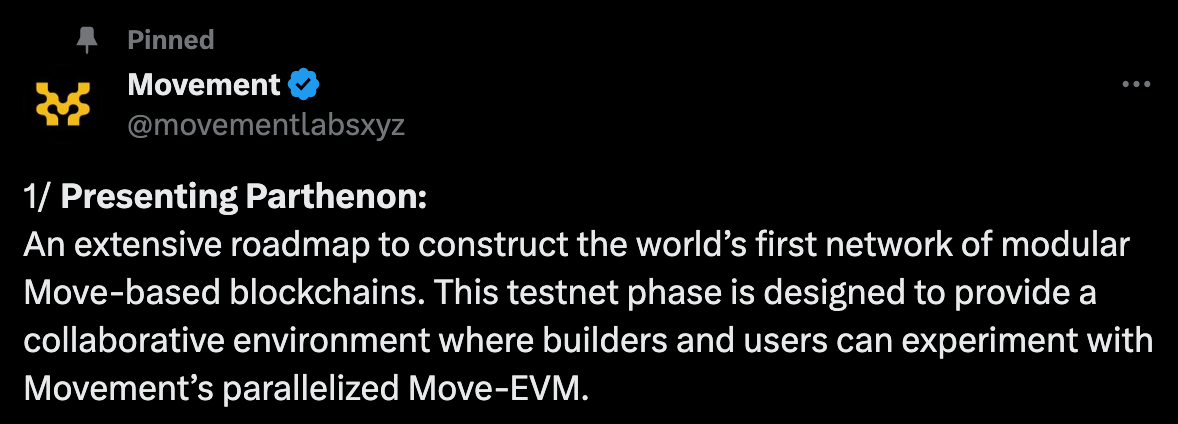
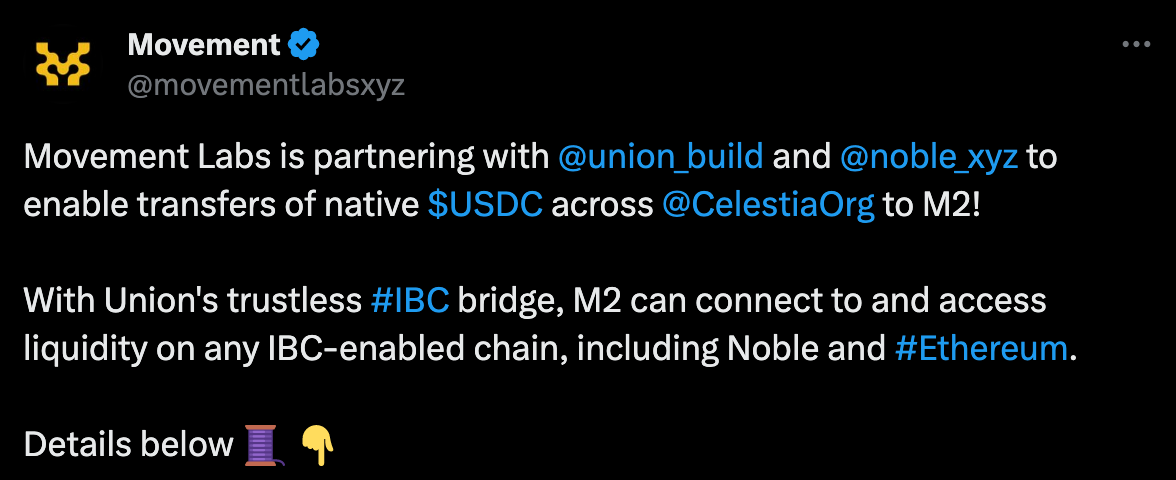

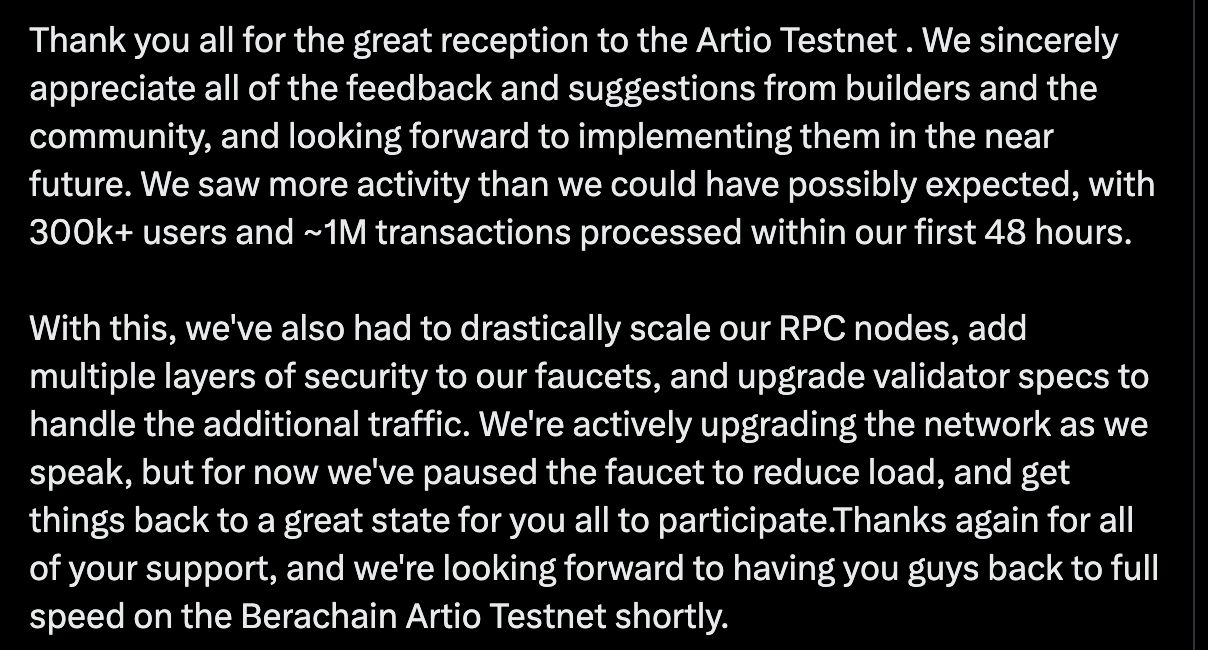
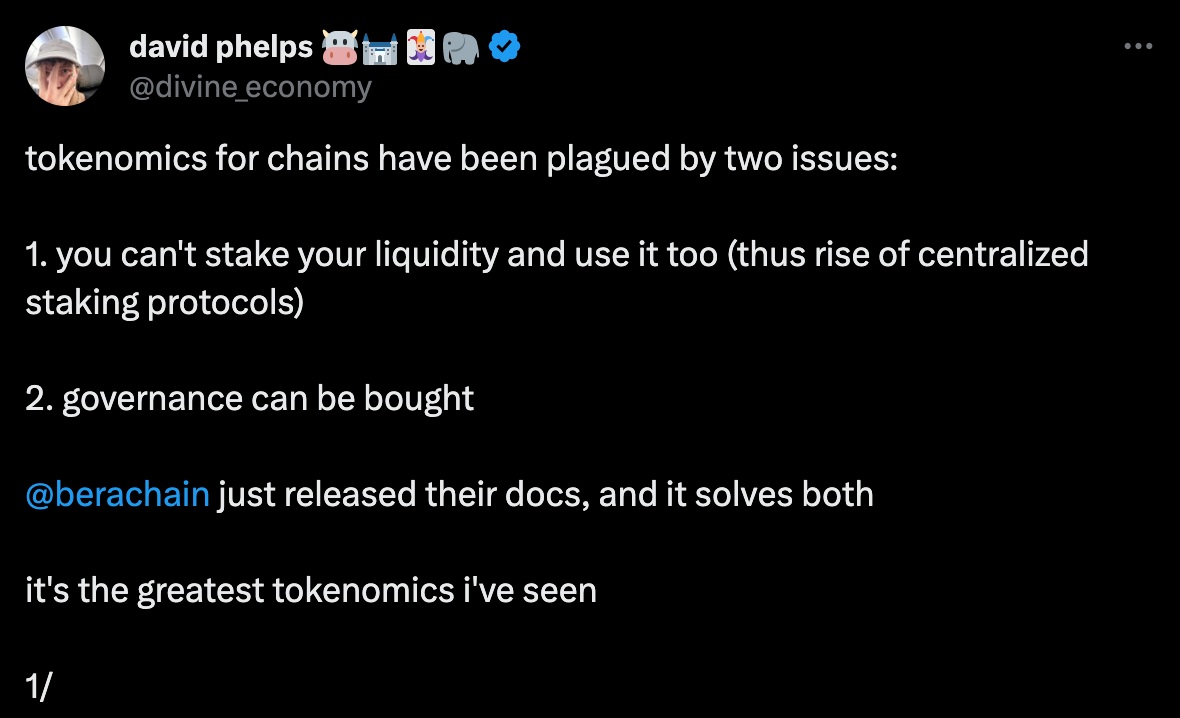
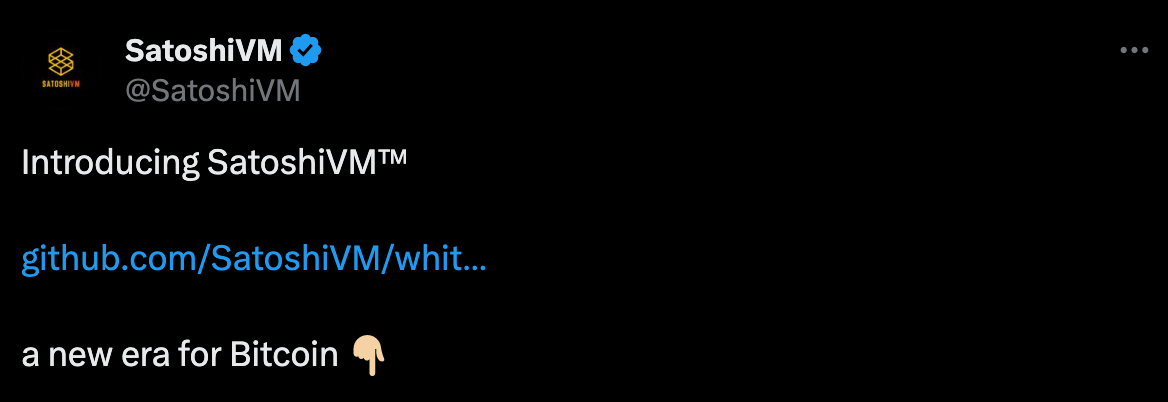
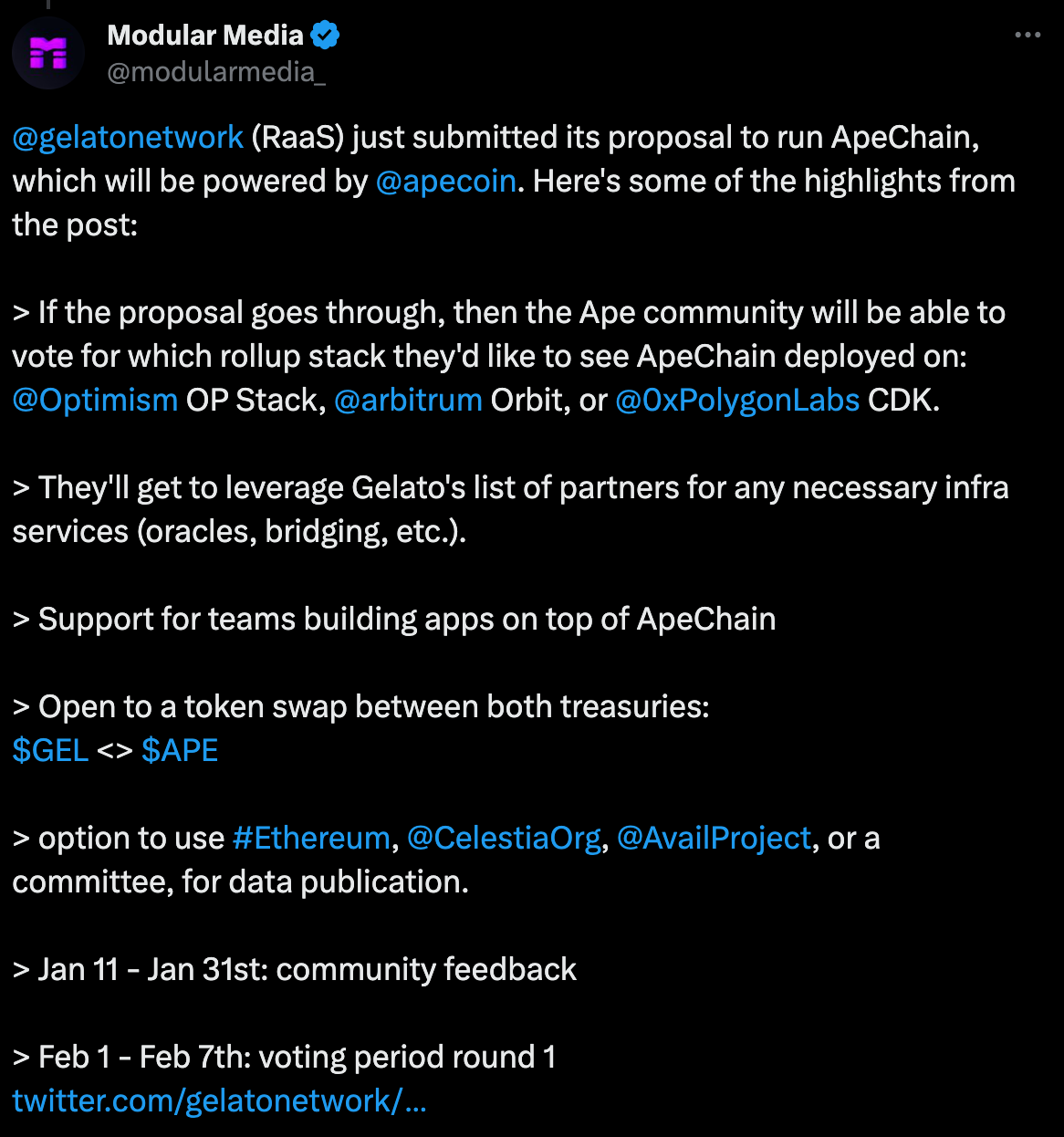
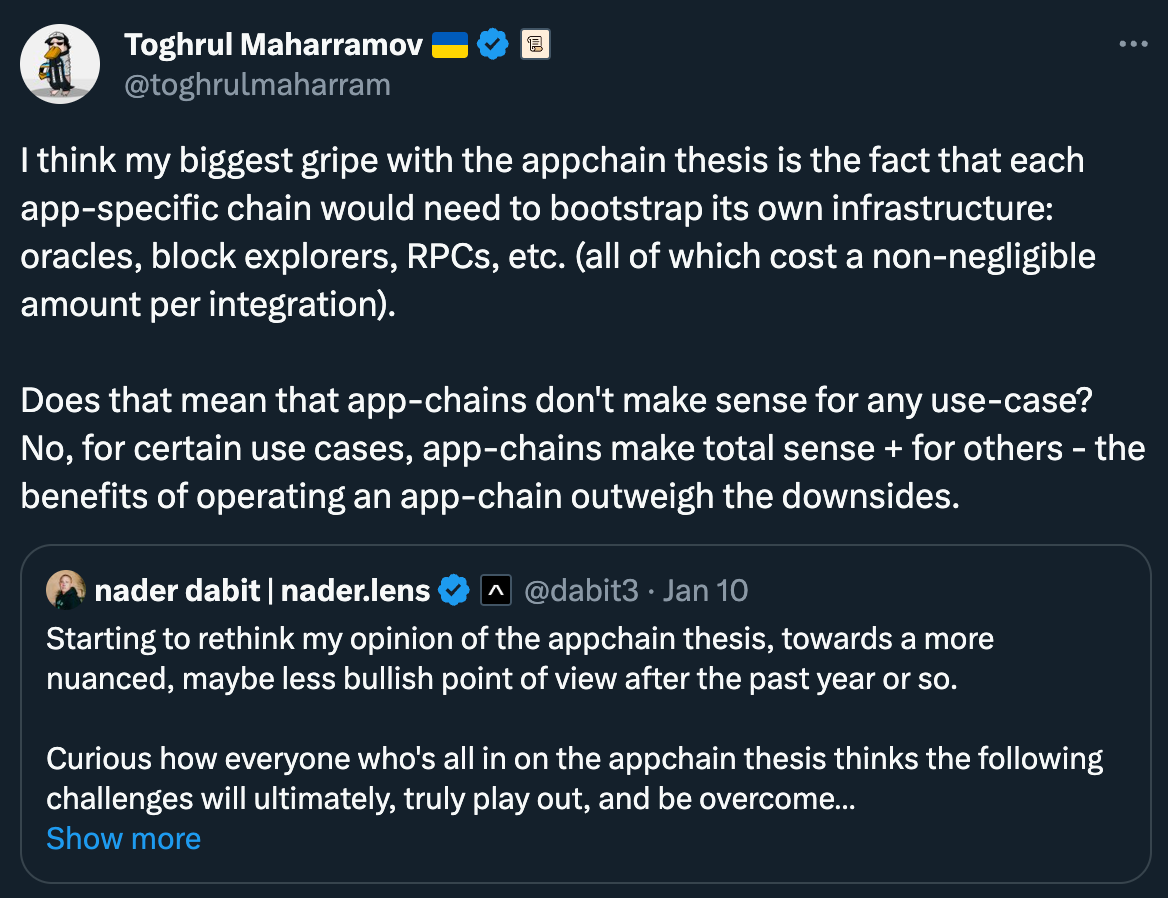
pls correct the title to "Weekly Rollup #49"